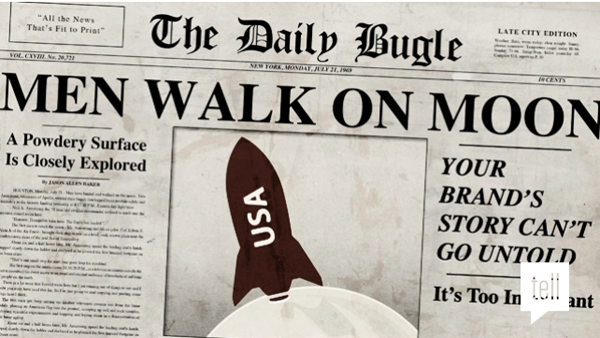Producing Corporate Identity Videos Part 3: Directing and Editing
In this final chapter of our 3-part series on Corporate Identity Videos, we'll go on set and into the editing bay with producers Rochelle Morris of Preface Films, Keith Kelly of Innovative Communications, Ryan Koral of Tell, and Dave Williams of Media Wave. Some of the clips they share here are of their own corporate identity videos.
Less is More
We've discussed how corporate identity videos can range in length from 30 seconds to 10 minutes or more. Something that Koral keeps in mind when editing corporate identity pieces is that unless the viewer is actually in the video--for example, a conference attendee looking for themselves or something they participated in--after a few minutes, you're probably going to lose them.
"Three or four minutes is too long for a non-participant," he says. Once you put a 3-minute brand reinforcement video online, "you've got random people coming across the site, and you've got 20 or 30 seconds to wow them." A lengthy video is "not going to help the companies sell more widgets, but in 30 or 60 or 90 seconds, you can create something that's powerful from start to finish. The quicker you can get that message out, the better," he says.

Tell's own story in their own words, told in a quick 50 seconds: http://gototell.com/what-is-tell/
Koral emphasizes the value of brevity when upselling. For example, he might be hired to create a highlights video to play at the end of a conference, but in the proposal he'll encourage the client to let him also create a shorter piece to promote future conferences online.
Leverage the Web
Almost all of these pieces find their way to the web. Clients want to get the most bang for their buck, so they will put their videos on their website. Not necessarily on the homepage, but they're there. This relates back to the point Rochelle Morris made in part 1 of this article, that the more content you have online, the more opportunities you have to share that through various channels. A good producer, she believes, will promote this versatility. For example, she would recommend that a promotional piece be taken to meetings on an iPad, played in-house, used at a promotional event/expo using a media player, or be aired to an audience at a conference to showcase a business.
"A good producer will choose music wisely" (with the appropriate purchased music license), Morris says, as in Preface Films' Launch Promo:
"Personally," says Morris, "I believe that the web is the most versatile playing field for advertising a business and the format (e.g., MP4) can be applied to many other avenues to reach greater audiences--it's all about marketing."
"What an easy thing to share," adds Keith Kelly. "People love hitting that play button."
Related Articles
Successfully implementing branding in online video means making sure every video you produce accurately reflects and advances your company's or client's brand identity at each stage of the production process, as well as in your production style. This article explains how and when to pay attention to branding in your productions.
To storyboard or not to storyboard? Should the story drive the interviews or vice versa? At what point in a corporate project do you set video length and budget? These questions and more are discussed in Part 2 of our Producing Corporate Identity Videos series.
In as few as 30 seconds, a singular corporate identity video can convince a website visitor of a company's expertise, poise, and uniqueness. But it's easier said than done, of course, so we talked to four leading producers about how they approach these types of projects. In this 3-part series they'll share their secrets on telling and selling corporate stories.